Melodramatic. Homosexual. Very Catholic. Let’s discuss.
by Lino DiNallo
When you enter my condo, a kitschy portrait of Saint Teresa will greet you. Her frame is gaudy, gilded plaster of Paris. She used to be backlit—it was less flattering than it sounds. And she was a wedding gift to my parents in the summer of 1967, after a ten-day courtship that included an accordion serenade…but that’s not for here. Mom cherishes these kitschy icons and keeps a cluster in her laundry room. To me, this was free ironic pop art when I first moved out, and I’ve cherished her for different reasons ever since. I embrace the faith’s tacky underbelly.
If this sounds like you, there’s a stop on our otherwise tasteful new tour of northern Italy that should tickle your Tuscan hills: the Accademia Galleria in Florence. Don’t be ashamed if your knees quiver before the godly manliness of The Statue of David. That’s the point. But if you wonder why you’re lusting after a statue of a biblical figure, our tour guide has some Renaissance gossip for you. Michelangelo was into gay stuff. Like lots. They didn’t call it that.
Until you gaze upon David in person, then possibly smoke a menthol from the nearest tabacchi, here’s a taste of the homosexual hearsay that awaits you at the Galleria.
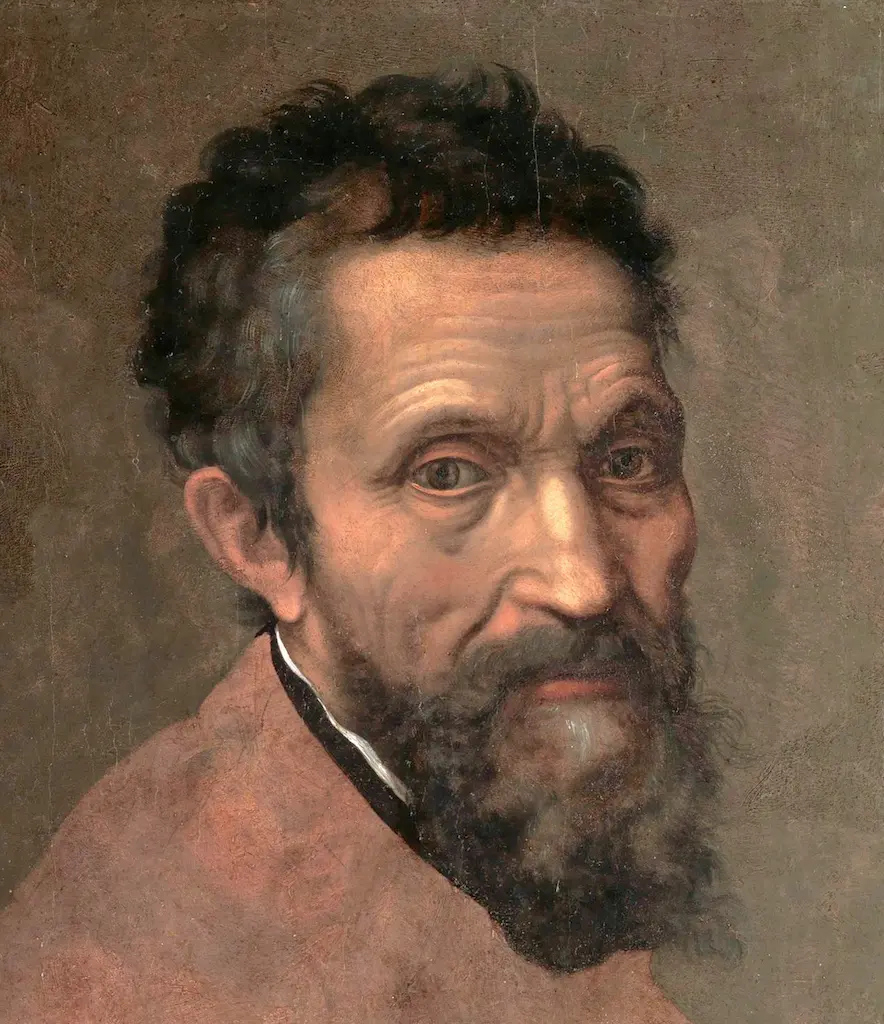
A Star Is Born
Michelangelo di Lodovico Buonarroti Simoni was born in 1475 in rural Tuscany. His parents were low-level aristocracy from a flailing banking dynasty. He was only six when his mother died, so Michelangelo moved in with his nanny and her stonecutter husband (who I picture with rugged, calloused hands). Somehow this inspired a love of well-hewn marble buttocks and the men behind them. Somehow.
“Along with the milk of my nurse I received the knack of handling chisel and hammer.”
-Michelangelo, on being raised by his nanny and her stonecutter husband
Though sent to Florence to study grammar, Michelangelo’s real passion was fine art. He met renowned painter Domenico Ghirlandaio—and became his apprentice—when he was 13. That may sound young, but for an apprentice, he was off to a slow start. Within months Michelangelo would head to Rome to work on The Sistine Chapel—as a junior member of Domenico’s team. A few more months and, Michelangelo was studying sculpture in the gardens of Florence’s famed Medici family. He levelled up hard and fast.
Michelangelo didn’t just find success. He found fame. He was the Lady Gaga of the Renaissance—winning praise in every category. He was so popular they published his biography—two really—before he died. This was unprecedented for a western artist.
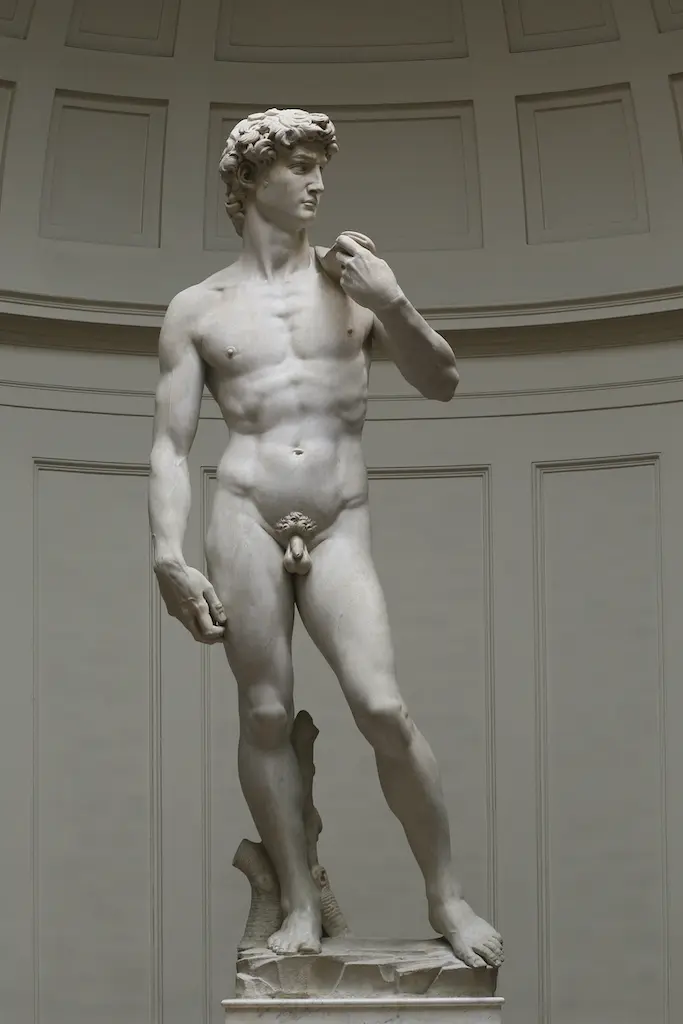
His art was über-gay…but in the name of God
Michelangelo’s men were masculine, muscular and daunting, but he was also a devout Catholic. His best work was literally in the name of God. Luckily for his predilections, Neoplatonism was a thing back then. Quite simply, one should appreciate the God-given beauty of the physical world. If God inspired you to hew beefcakes from stone and paint groups of surly sinners sweating all over each other, it was but a divine experience. Grab your tool of choice and feel the Holy Spirit.
He was shady
When Michelangelo’s painting The Last Judgment was revealed at The Sistine Chapel, it caused major drama. The figures flaunted flesh, lots of flesh, especially for The Vatican. The pope’s MC, Biagio da Cesena, said, “it was most disgraceful that in so sacred a place there should have been all those nude figures, exposing themselves so shamefully…it was no work for a papal chapel but for the public baths…”
When Michelangelo heard this feedback, he added a new character to the painting: the MC himself—portrayed as Minos—with a foolish pair of donkey ears. For the people in the back row: on a fresco devoted to Heaven, covering the entire altar wall of Catholicism’s most sacred chapel, Michelangelo immortalized his critic as a judge of the damned. So the whole world could see him in Hell. Shady.
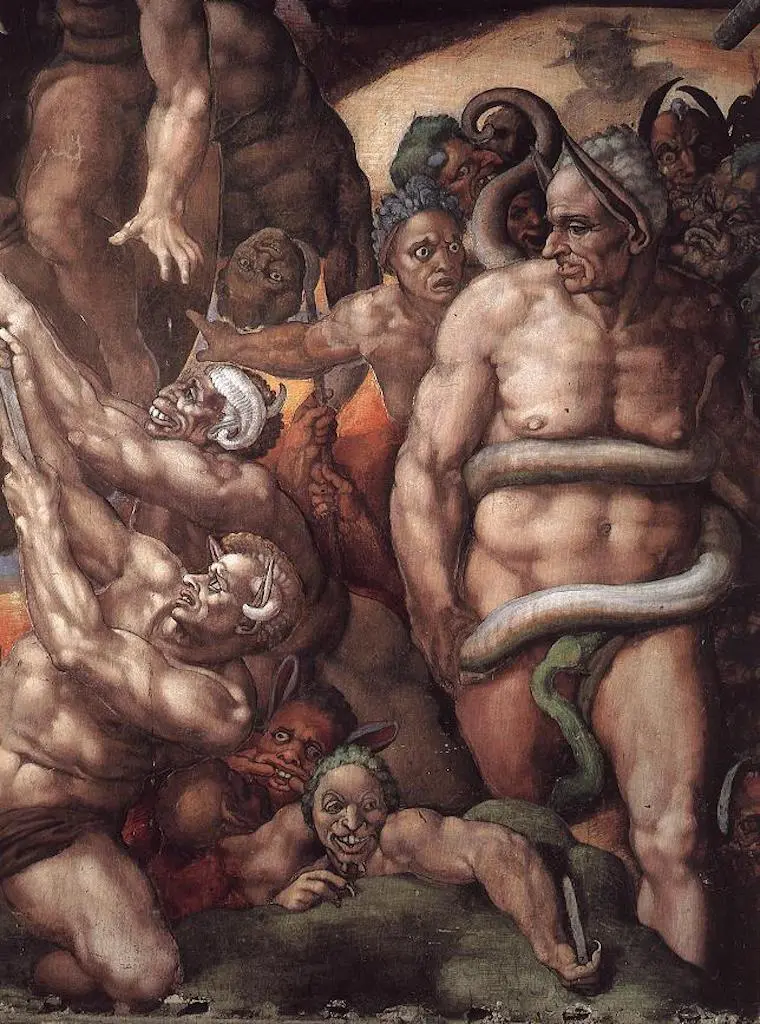
He dated the pope. Allegedly.
Despite the church’s outwardly homophobic stance today, homosexual hijinks in the Vatican’s upper echelons were unspoken common knowledge even back then. Our tour guide at the Accademia will dissect how Michelangelo was fully involved with Pope Julius II. Consider: it was the pope’s idea for Michelangelo to paint that scandalous Sistine Chapel. Moreover, this happened when Michelangelo was past painting and into architecture, namely building a tomb…for the pope. It was obviously another slab of man cakes you can blame on Neoplatonism. The official story is Michelangelo and Pope Julius II were just getting closer to God. Anything else is fake news.

He found a new career–and young love–late in life
Michelangelo became a prolific poet in his fifties. His sonnets and madrigals made it clear that he was infatuated with a young nobleman named Tommaso Dei Cavalieri. Tommaso was 17, Michelangelo was 57, and this borderline pederastic relationship wasn’t suspected in Rome. It was noteworthy because those love poems were the first ones written by one man about another in modern language.
“I swear to return your love. Never have I loved a man more than I love you, never have I wished for a friendship more than I wish for yours.”
Tommaso dei Cavalieri, on his older ‘friend’ Michelangelo
Tommaso was beautiful, intelligent and regal: everything Michelangelo loved in a man. But Tommaso also married a woman in 1538 and had children. Nevertheless, Michelangelo remained devoted for the rest of his life. He dedicated numerous poems and several drawings to his young love, like his wholesome Rape of Ganymede.

He could be a drama queen
Like many artists, Michelangelo was moody, introverted, reclusive and dramatic. He shunned assistants and would often perfect details himself (one reason he famously began more projects than he ever completed). He suffered for his art. And made sure everyone knew.
“I am here in great distress and with great physical strain, and have no friends of any kind, nor do I want them; and I do not have enough time to eat as much as I need; my joy and my sorrow are these discomforts.”
-Michelangelo, on his devotion to his craft.
His BFF was a Marchioness
Any queen worth their pretence has a friend or two with titles. Michelangelo was no exception. In later years, he found a mutual passion for poetry with the Marchioness of Pescara, Vittoria Colonna. Their friendship grew for a decade before she died in 1547.

by Jules Lefèvre
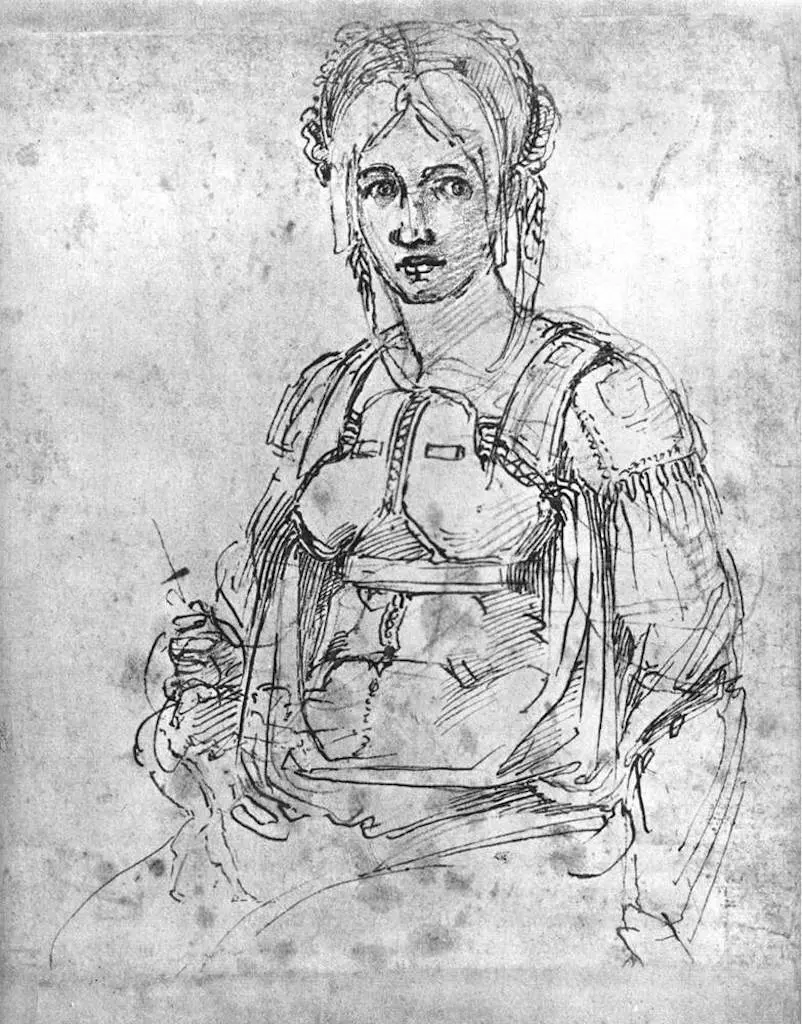
as depicted by Michelangelo
His Swan Song: St Peter’s Basilica
Though he lived a simple life, at 73, Michelangelo became the architect of St. Peter’s Basilica. It was one of the religion’s grandest undertakings, with little progress made in fifty years thus far. Michelangelo took the original architect’s vision, embellished it with his signature grandeur, and gave us the quintessence of the Renaissance and second biggest church. The first time I walked into it five hundred years later, I was still gobsmacked.
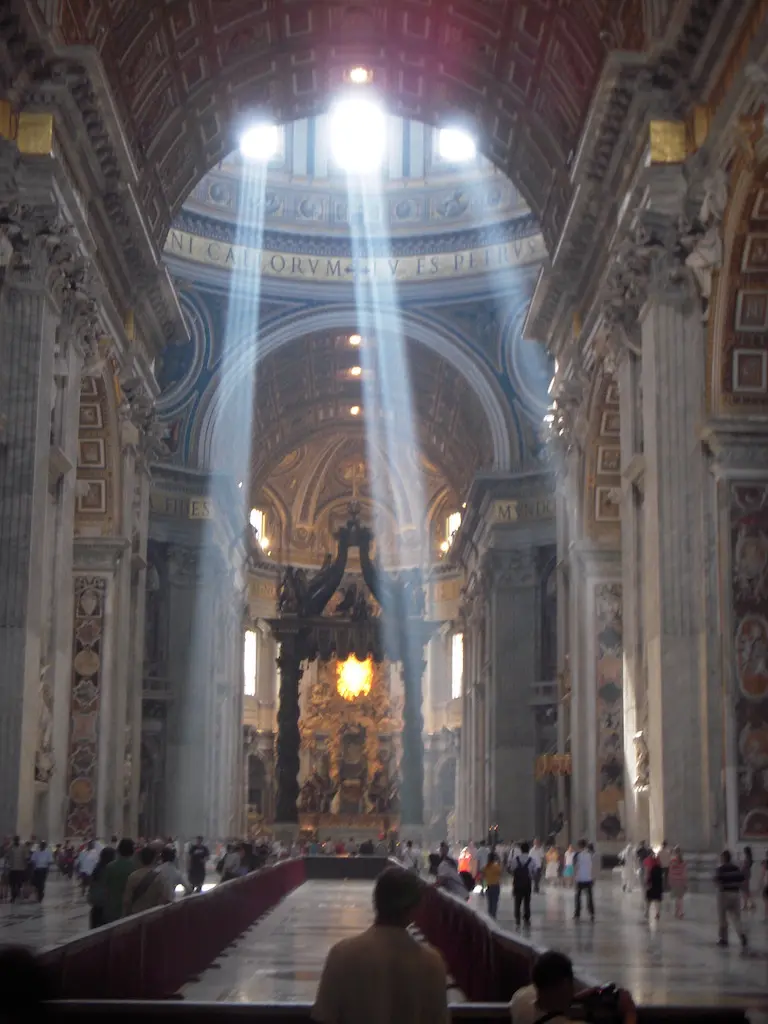
Michelangelo died in 1564 at the age of 88. His body was returned to Florence, fulfilling his request to be buried where both he and The Renaissance were born. Unlike the portrait in my condo, this city is full of art everyone can appreciate. Centuries of culture. Delicious food. And beautiful people living in la dolce vita.
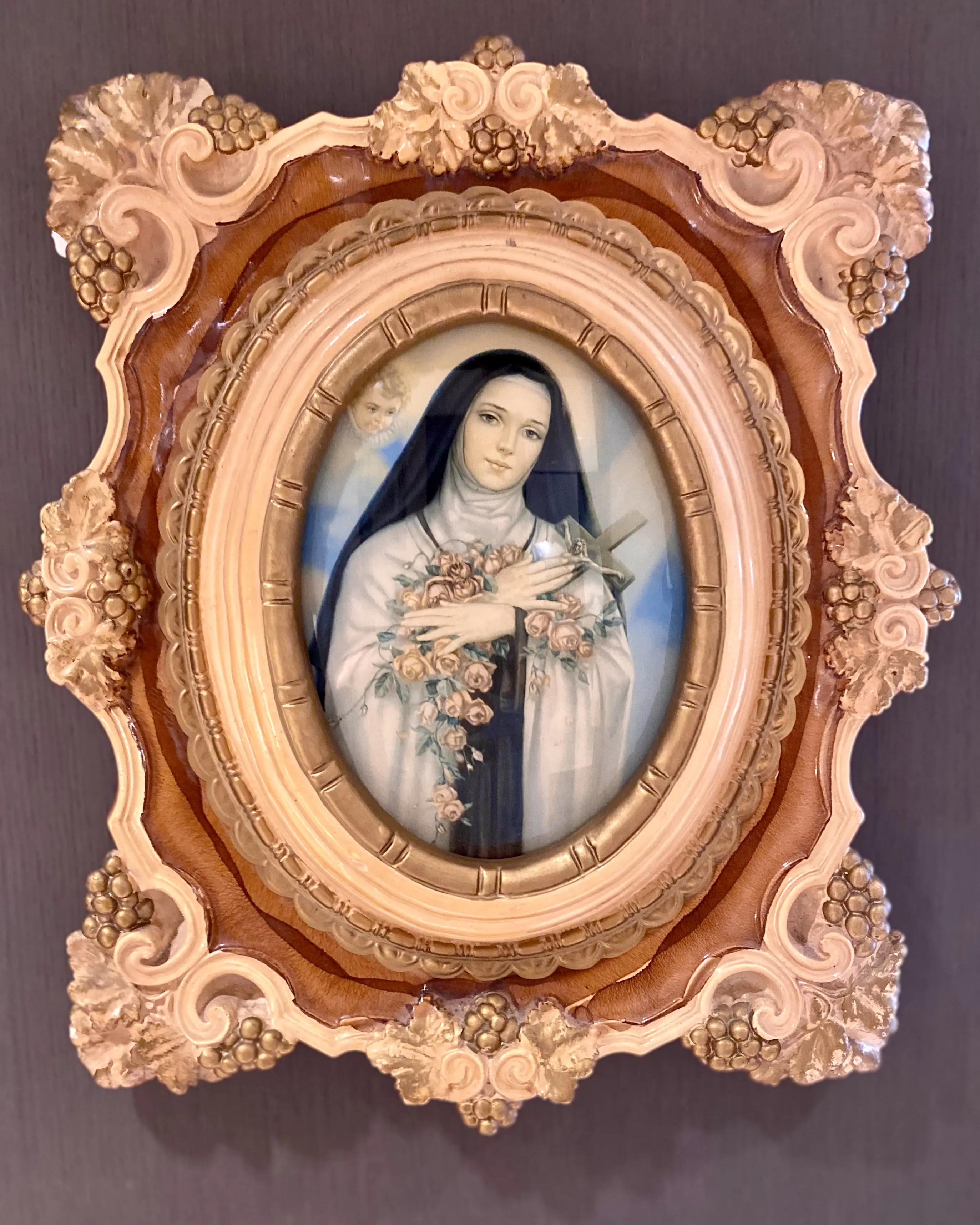
See Michelangelo’s masterpieces yourself
Along with chuckles about the gay stuff, Out Adventures will treat you to a five-star experience when we unearth the Renaissance (and tasty truffles) on our Italy: Milan to Rome tour.
Photo Credits
All photos courtesy of Wikipedia Commons, except for the photo of St Teresa’s portrait by Lino DiNallo.

Lino has been Out Adventures’ head writer for five years now. He’s been on six trips with the company and seen more of the world than he ever dreamed possible. Follow him on Instagram – @superfancystoryteller.
Featured Posts
With Rob MIA, it’s up to Peter to curate this week’s episode dedicated to the intersection of Art and Gay Travel. He is joined in the studio by life partners Daniel Faria (Director and Owner of Daniel Faria Gallery) and Rui Amaral (Director and Curator of Scrap Metal Gallery). Read More
Touko Valio Laaksonen, aka Tom of Finland, is arguably the world's best known homoerotic artist. Get to know the illustrator that is the subject of our walking tour in Helsinki. Read More
Among the pyramids we visit on our upcoming Egypt cruise lies the necropolis Sakkara. Herein awaits the tomb of (likely) Egypt's first gay governors! Read More
Apartheid is an unfortunate, but unignorable bit of recent South African history. Learn more about apartheid and Nelson Mandela here. Read More
